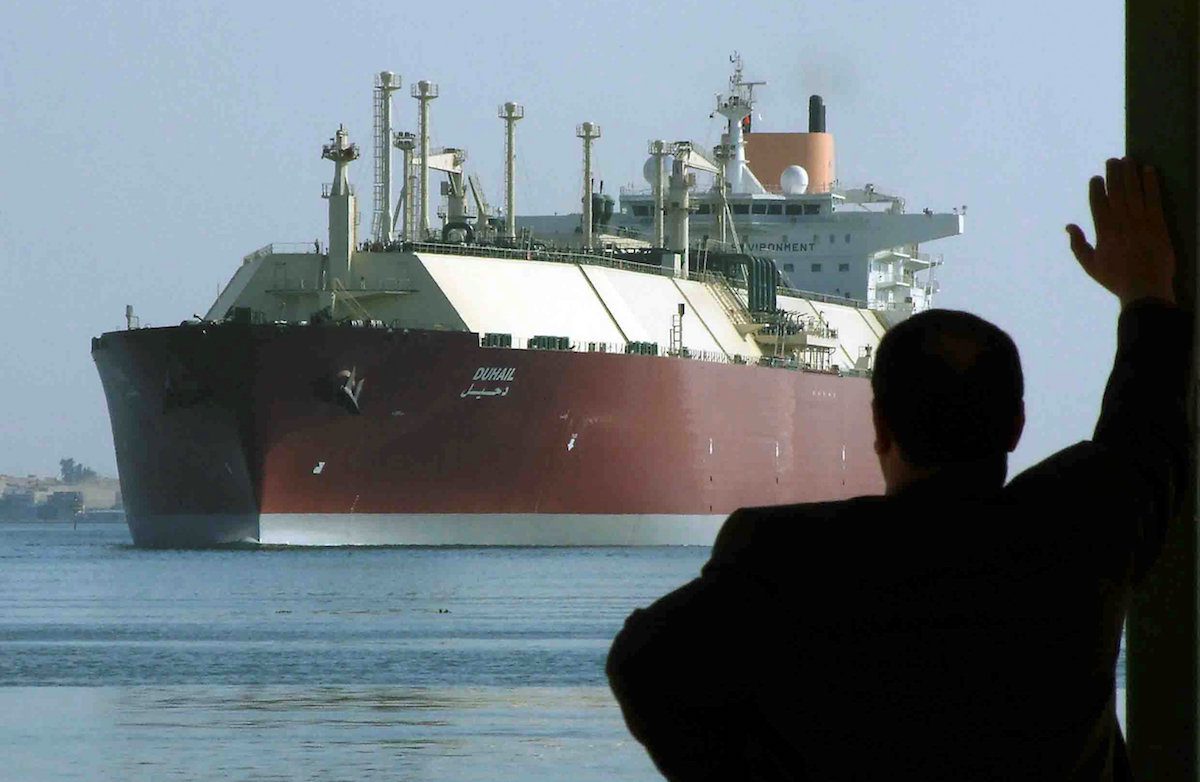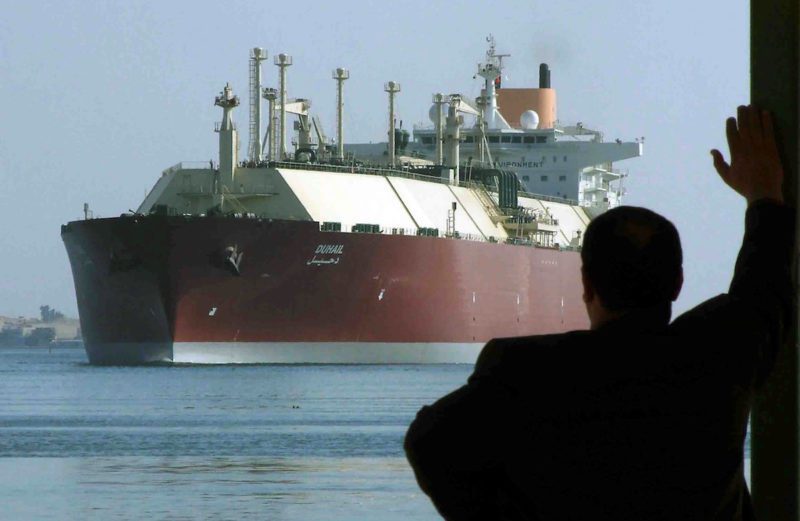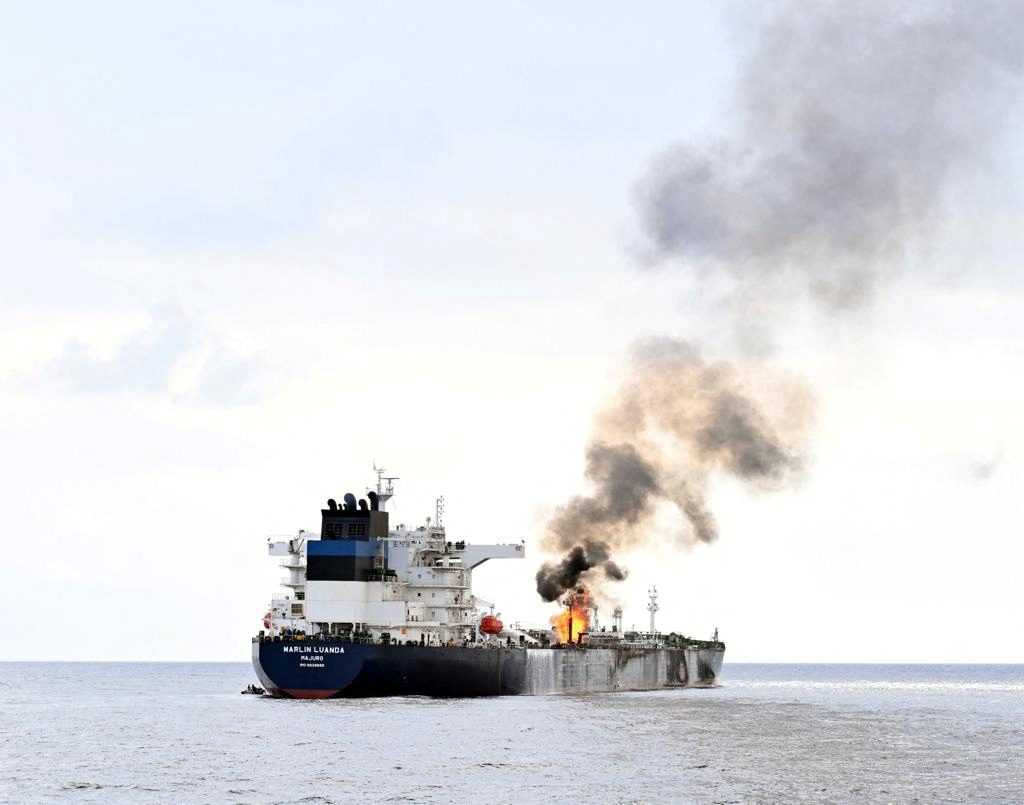By Mohammed Aly Sergie, Anna Shiryaevskaya and Kelly Gilblom (Bloomberg) — Qatar just undermined Australia’s efforts to overtake it as the world’s biggest producer of liquefied natural gas.While the Gulf sheikhdom may soon slip to second place behind Australia as top supplier of the fuel, it’s poised to retain the number one spot within the next seven years after Qatar Petroleum said it will raise output by 30 percent. Such an increase would surpass Australia’s planned expansion and reinforce Qatar’s role as a major global supplier — even amid a regional dispute and commercial boycott by a Saudi-led coalition of countries.
Qatar’s message to the rest of the LNG world is, “‘We are going to take a huge chunk of the incremental market,”’ Jonathan Stern, chairman and senior research fellow at the Natural Gas Research Programme of the Oxford Institute for Energy Studies, said by phone. Qatar is also throwing down the gauntlet to Saudi Arabia, the world’s largest oil exporter. “Basically what it’s saying is, ‘We are going to promote LNG as a substitute for oil,”’ he said. “That’s a very confrontational thing to say.”
Qatar seeks to produce 100 million tons of LNG, or about 40 percent of last year’s global supply, up from its current level of 77 million tons, Saad Sherida Al Kaabi, chief executive officer of the state-run producer, told reporters on Tuesday in Doha. Australia, which has spent $200 billion to build LNG-exporting plants, may surpass Qatar as the biggest shipper as early as next year, but lose its leadership by the middle of the next decade given Qatar’s latest plans, according to data from Bloomberg New Energy Finance.
The U.S., the world’s biggest gas producer thanks to its shale boom, will likely remain the third-biggest supplier of LNG and may secure the lead if it adds plants beyond those already approved for construction, according to BNEF’s outlook. Australia may expand output to 94.3 million tons by 2030 if it adds new projects, according to BNEF. However, domestic shortages of the fuel may limit exports from the Pacific nation.
Qatar Petroleum is doubling to 4 billion cubic feet a day its target for output capacity at a new project in the North Field, Qatar’s section of the world’s largest natural gas deposit, Al Kaabi said. Demand for liquefied gas is growing faster than that for oil, he said. QP’s plan to boost output from the North Field came just a day after Iran signed a deal with Total SA to develop its share of the same deposit.
Boosting Gas
“LNG supplies are abundant now, and there are many projects under development, but the expected growth in demand is very large,” Al Kaabi said. “All the studies show that between 2021 and 2024 there will be a shortage of gas because of higher demand. Therefore, the launch of our project will be between 2022 and 2024, which is the period when there will be market demand.”
Boosting gas output alone isn’t enough to escalate the regional crisis, said Emma Richards, a senior oil and gas analyst at BMI Research. “Qatar is not backing down,” she said from London. “By the same token, they haven’t done anything to try to provoke the others and try to make this worse than it already is.”
The sheikhdom won’t halt shipments of natural gas to the neighboring United Arab Emirates, Al Kaabi said, even though the U.A.E. is among the nations trying to isolate the smaller state. Qatar’s neighbors insist that it cool ties with Iran. Qatar denies the coalition’s allegations that it sponsors terrorism and has said the group’s demands were designed to be so tough that it would reject them.
Dolphin Pipeline
The U.A.E. imports gas from Qatar through a pipeline operated by Dolphin Energy Ltd., which is owned by Abu Dhabi’s Mubadala Development Co., Total SA and Occidental Petroleum Corp. The link supplies gas to the U.A.E. and Oman and can send 3.2 billion cubic feet a day, though it only uses about two-thirds of that capacity.
Qatar Petroleum is ending a 12-year ban on new projects at the North Field that allowed the company to assess how its current rate of extraction affects the giant reservoir. Qatar, also the biggest exporter of helium, is continuing to sell the gas, sending shipments by sea, Al Kaabi said.
QP has been examining options to increase capacity from its existing LNG plants, or trains as they are called. It hired Japan-based Chiyoda Corp. in May to identify modifications that would de-bottleneck capacity at current facilities. Squeezing out more of the super-chilled fuel from existing plants is the cheapest way to boost production, but it won’t be enough, Al Kaabi said.
“With the volume we envisage producing now, we will have to build new trains,” he said.
© 2017 Bloomberg L.P

 Join The Club
Join The Club














